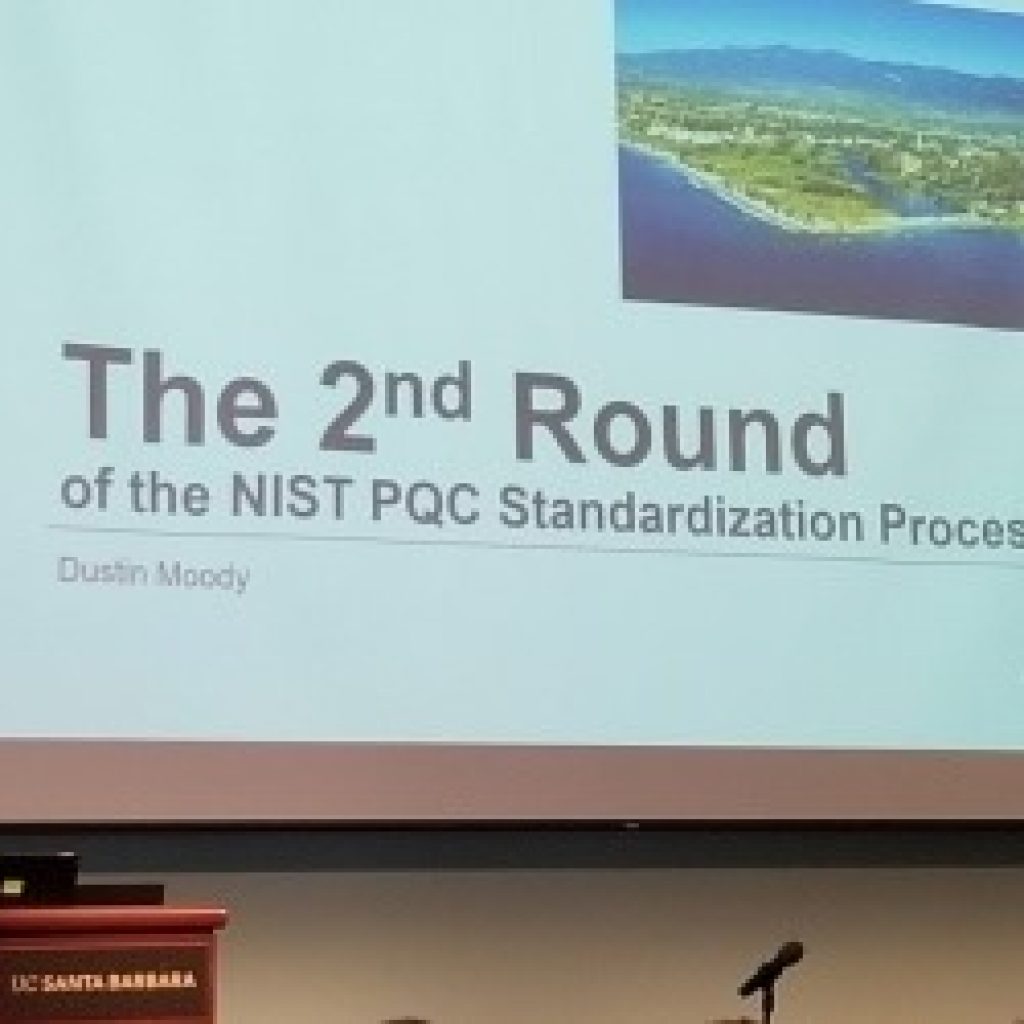(SpectrumIEEE) A U.S. government agency has challenged researchers to develop a new generation of quantum-resistant cryptographic algorithms.
The U.S. National Institute of Standards and Technology (NIST) wants to stay ahead by getting new cryptographic standards ready by 2022. The agency is overseeing the second phase of its Post-Quantum Cryptography Standardization Process to narrow down the best candidates for quantum-resistant algorithms that can replace modern cryptography.
NIST hopes these second-round candidates will evolve beyond mere proofs of concept and begin benchmarking tests. The stakes are high, given that a quantum computing breakthrough could threaten to undermine security for hundreds of billions of dollars in e-commerce alone—not to mention the trillions of dollars at risk in the broader digital economy. Still, many researchers have cautioned that NIST should take its time to evaluate the new class of candidates for post-quantum cryptography before selecting any finalists.
The NIST process is considering algorithms that fall into two general categories. The first category includes key-establishment algorithms that enable two parties that have never met to agree on a shared secret.
A second category involves algorithms for digital signatures that ensure the authenticity of data.
Much remains unknown about these candidate algorithms that will likely replace large parts of the world’s infrastructure underpinning secure global communication.
The NIST challenge has brought together both academic researchers focused on theoretical work and tech industry experts familiar with real-world performance needs and security demands. The agency initially described it as a “competition-like process,” but seems eager to encourage a cooperative spirit among participants.
NIST Challenge Encouraging Cooperative Spirit in Second Phase of Post-Quantum Cryptography Standardization Process
